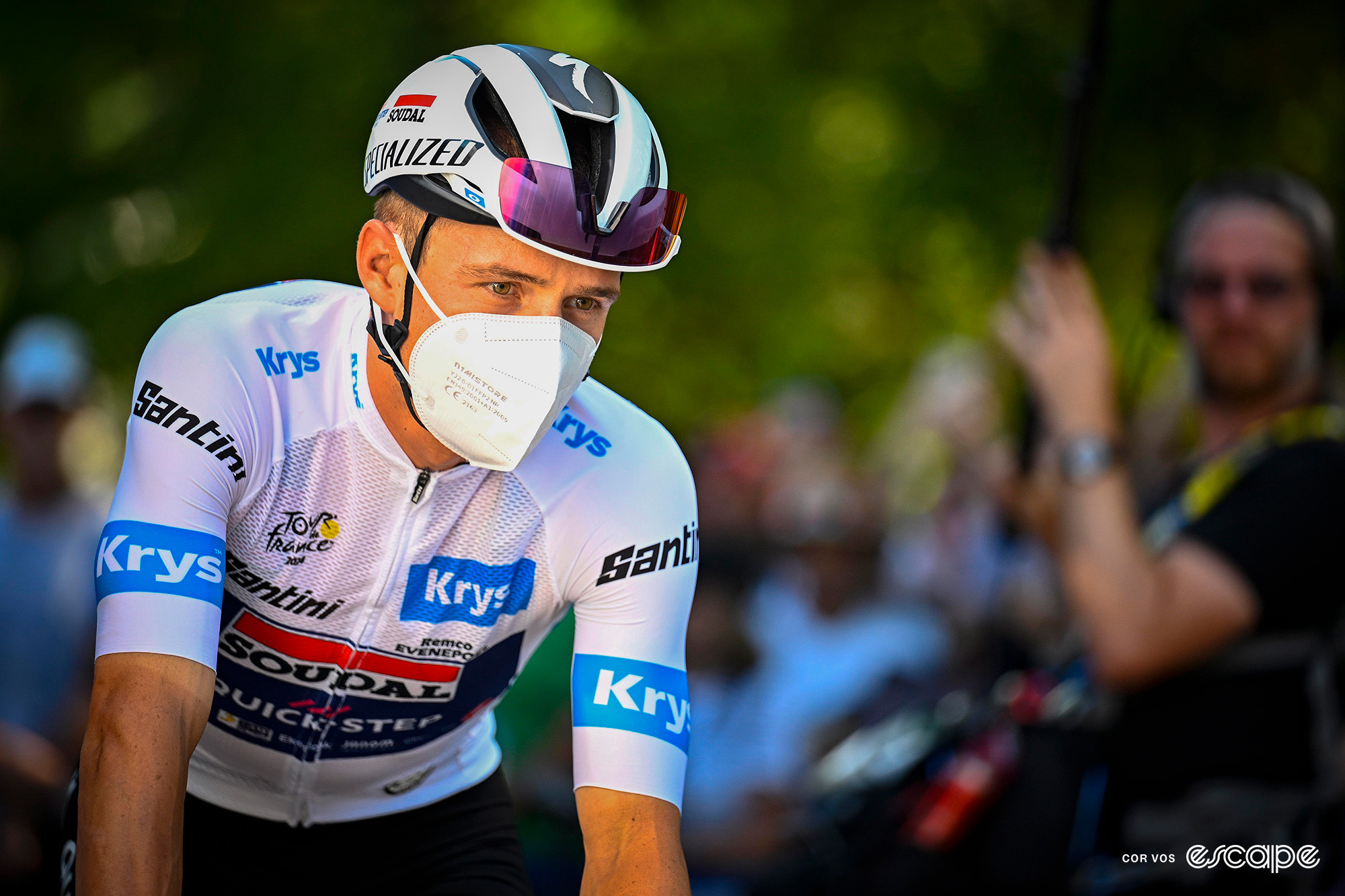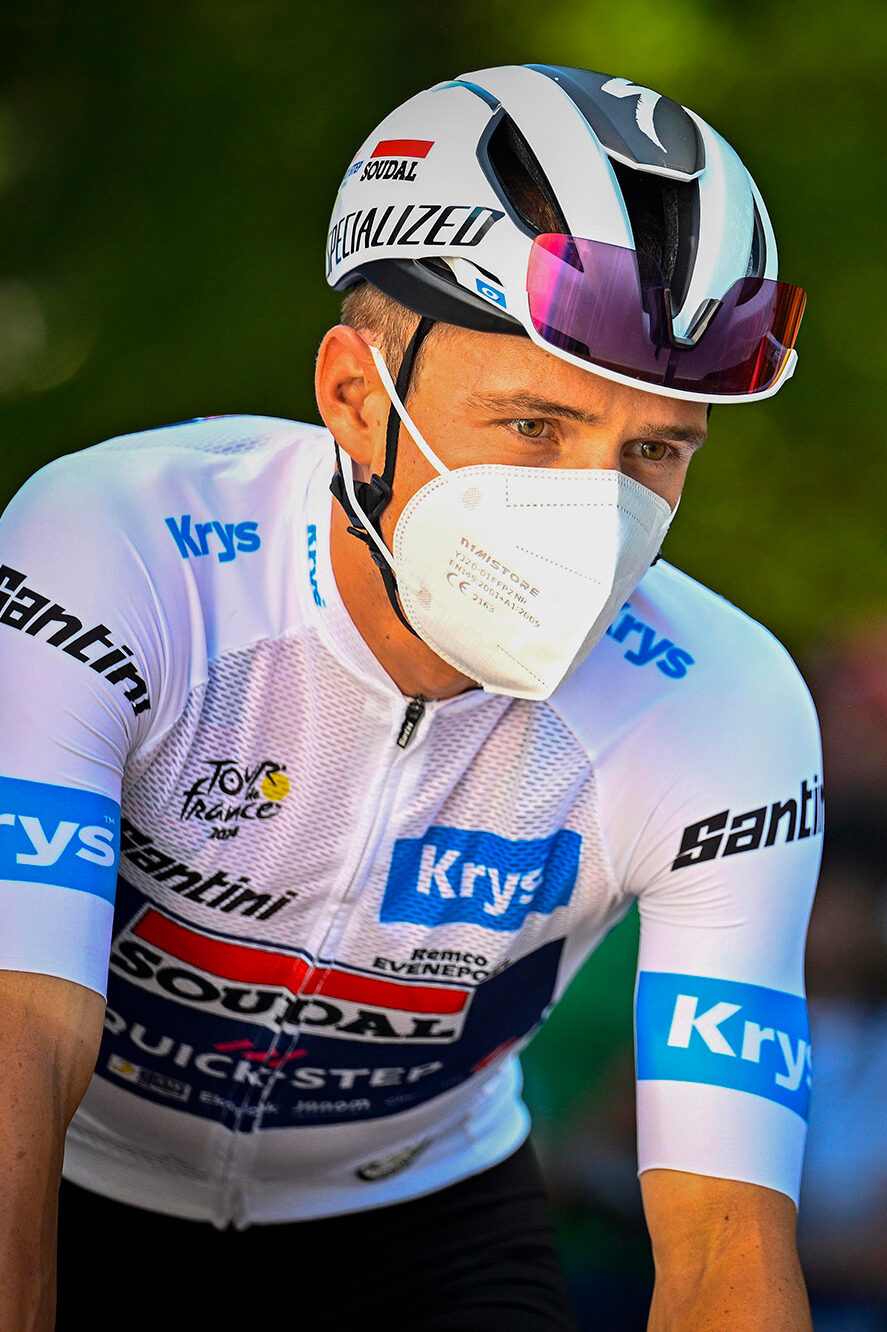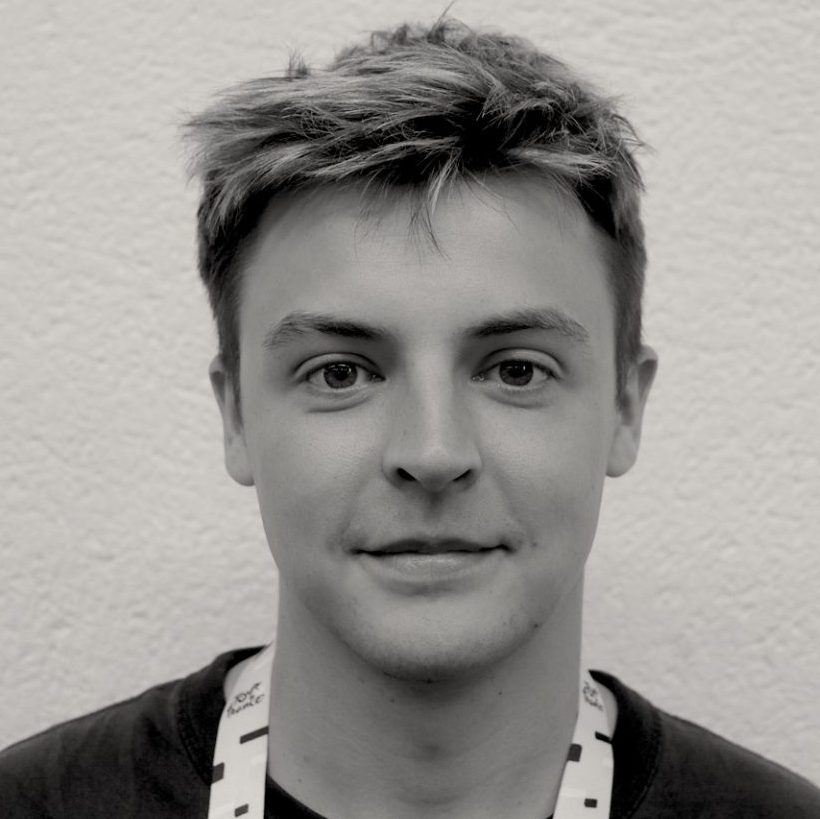There have been signs since the start. Defending champion Jonas Vingegaard’s Visma-Lease a Bike, the most rigorously sanitary of any team in the Tour de France, all flew to Florence wearing masks. They rapid COVID-19 test every day, with a PCR machine also along for the ride if required.
Remco Evenepoel’s Soudal Quick-Step also appeared at pre-race press conferences in red masks. Questions as to why were replied to simply with: “I don’t want to relive a second Giro here,” after his maglia rosa charge was undone by positive tests for him and teammates.
There were small signs once the race kicked off, too. While the fans swarmed in Italy and, later, back in France as screams for bidons continued in the paddock, some teams continued with caution, fist-bumping with you in the morning instead of shaking hands.
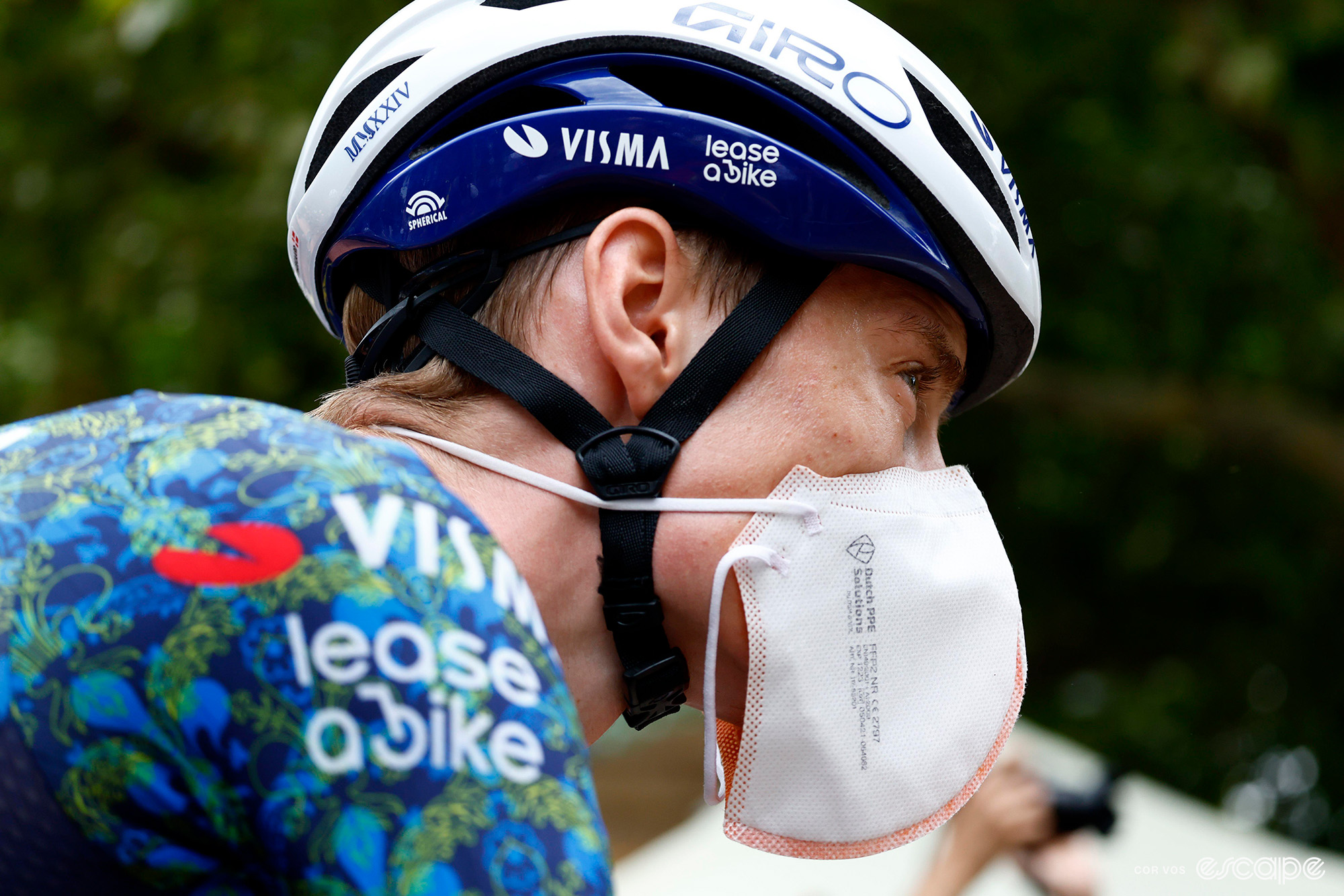
COVID-19 positives haven’t gone anywhere, in the peloton or the real world. A positive at the Critérium du Dauphiné denied vital Vingegaard lieutenant Sepp Kuss his Tour start, with David Gaudu (Groupama-FDJ) and Tao Geoghegan Hart (Lidl-Trek) also testing positive.
That meant positives at the Tour were somewhat inevitable. People in the race and in the accompanying travelling circus fly in from around the world, carrying their own strains of COVID-19, their own germs, and the physical stress of 21 days (plus so-called rest days) of work.
Mark Cavendish lost Astana-Qazaqstan lead-out supremo Michael Mørkøv, thankfully after his record-breaking stage win, but in an unfitting end to a sparkling Tour career for the Dane, who climbed off days after announcing he would retire at the end of the season.
UAE Team Emirates’ Juan Ayuso hadn’t been quite right since the start, with questions as to his dedication to a role as Pogačar’s domestique. His dangling off the back was better explained, however, when a positive test eventually put an end to his race.
We pulled into our hotel after stage 12 to find the Ineos Grenadiers staying in the same doors-facing-outside, motel-style place. That may have been good luck for us, as we watched Geraint Thomas mounting the external stairs of this particular Campanile branch and donning a mask before entering an already sad bedroom made even sadder but not being able to breathe properly either due to his or his teammate’s illness.
Two days later, Ineos Grenadiers’ Tom Pidcock was out with COVID-19, and Thomas admitted on that day’s start line he’d also tested positive but was continuing anyway, as rules now permit.
Many teams, including Soudal – Quick Step and Bahrain-Victorious, are bringing riders to the start in various cars rather than all together on the bus, a sure sign of illness within the ranks. Some EF Education-EasyPost riders had also taken to wearing masks as a precautionary measure before the start.
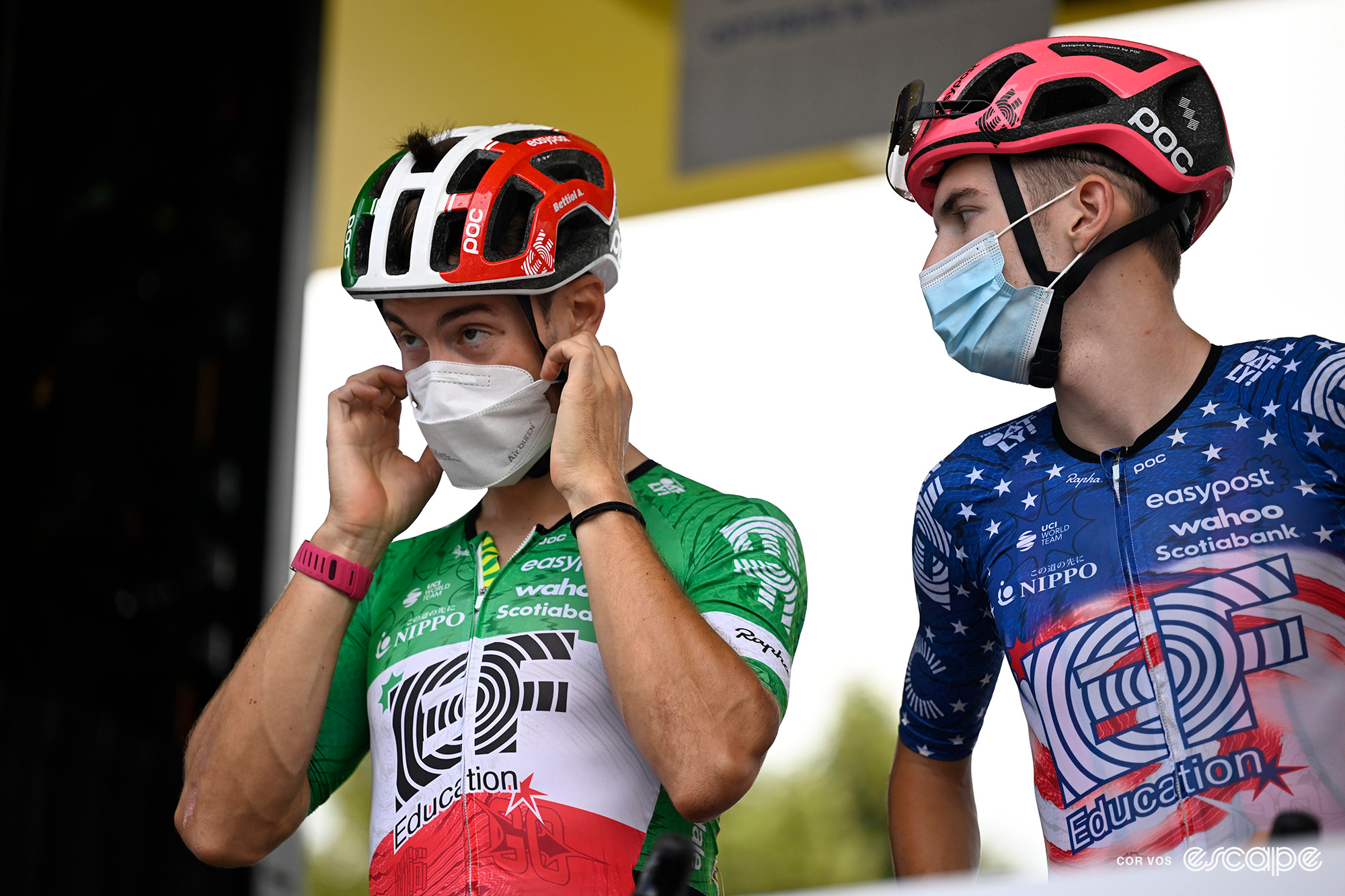
And then the message came to the Tour de France press WhatsApp group.
“In order to limit health risks, it is now compulsory to wear a mask in the various areas where you will be in contact with the riders and members of the cycling teams [in the] mixed zone at the start, team bus paddocks. Thank you for your understanding.”
A common practice at the Tour de France in the years since 2020, but now returning once again in 2024 so as not to ruin the streak. The race must go on, and whether further measures will be taken, and how tightly the public will be controlled around race starts and finishes going forward, we will see.
One thing is for sure, a high number of dropouts due to COVID-19 is not a good look for the Tour de France, and race organisers do not want their product damaged by something they have the power to more stringently control.
Fortunately, with Tadej Pogačar having admitted before the start to having COVID-19 in the weeks prior to the race, and Jonas Vingegaard still as much within a preventative COVID bubble as you can be, the battle between the only two riders who have won the yellow jersey since the start of the pandemic should play out as expected.
Did we do a good job with this story?
